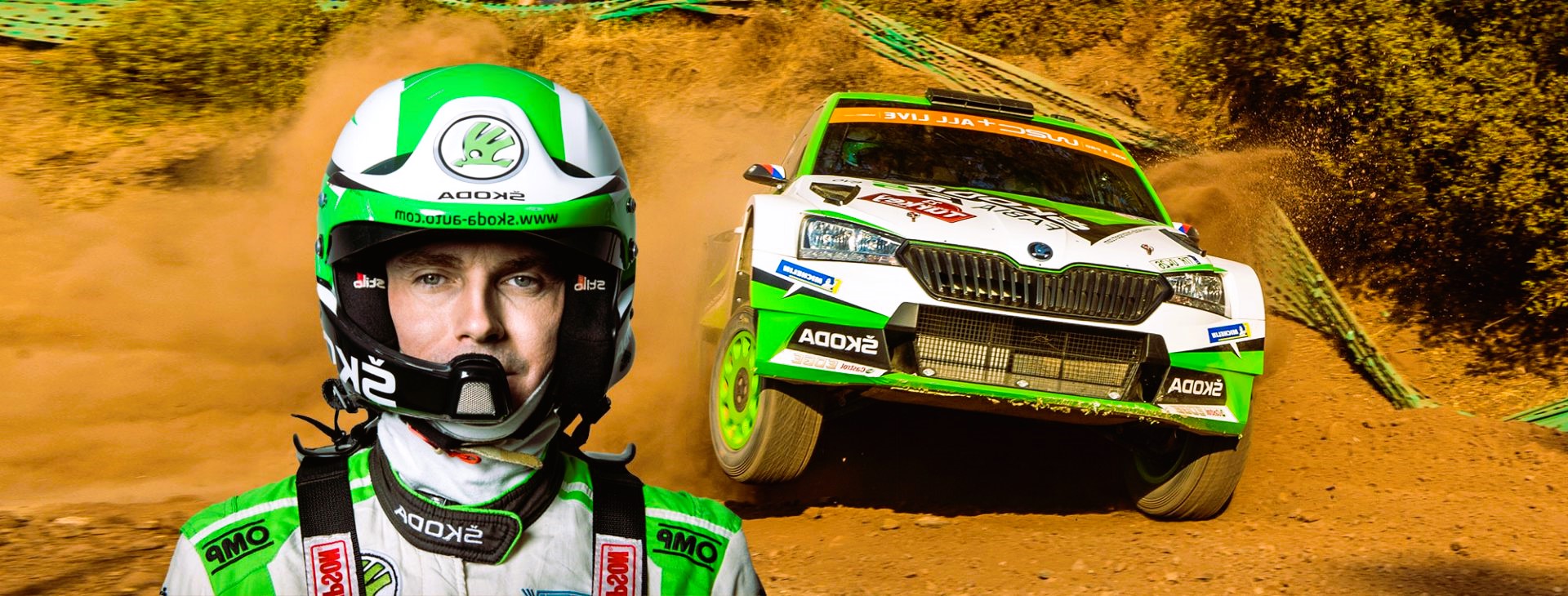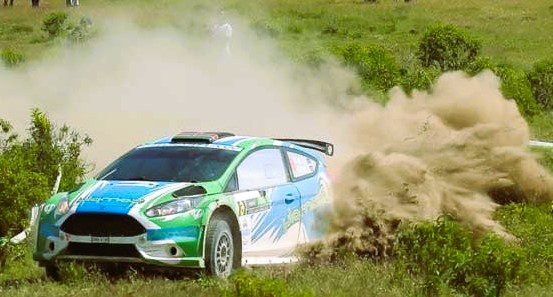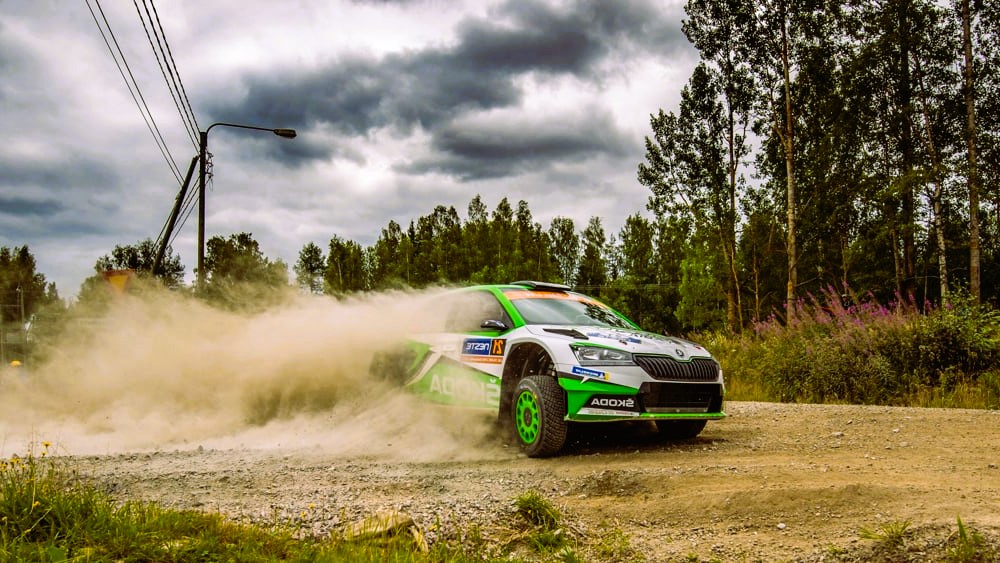Safety First: The Importance of Safety Measures in Rally Racing

Rally racing is an exhilarating and adrenaline-pumping sport that captivates drivers and fans alike with its high-speed action and challenging terrain. But behind the excitement lies a serious commitment to safety, as rally racing presents unique risks and hazards that must be addressed to ensure the well-being of competitors, spectators, and personnel. In this article, we’ll explore the importance of safety measures in rally racing and the efforts taken to mitigate risks and enhance safety standards in the sport.
Understanding the Risks: The Challenges of Rally Racing
Rally racing is a dynamic and unpredictable sport that takes place on a variety of surfaces, from gravel and tarmac to snow and ice. Drivers must navigate narrow roads, tight corners, and unpredictable weather conditions at breakneck speeds, pushing themselves and their vehicles to the limit. The combination of high speeds, challenging terrain, and limited visibility creates a unique set of risks and hazards that require careful consideration and proactive safety measures.
Safety Staandards and Regulations: Setting the Bar High

To ensure the safety of participants and spectators, rally racing is governed by strict safety standards and regulations set forth by organizations like the Fédération Internationale de l’Automobile (FIA) and the World Rally Championship (WRC). These standards cover a wide range of areas, including vehicle design and construction, driver safety equipment, course design and layout, emergency procedures, and medical support services.
Vehicle Safety: Protecting Drivers in the Event of a Crash
One of the most critical aspects of rally safety is ensuring that vehicles are equipped with the necessary safety features to protect drivers in the event of a crash or rollover. This includes roll cages, reinforced chassis, impact-absorbing materials, and fire suppression systems designed to minimize the risk of injury and maximize survivability. Manufacturers work closely with safety experts and governing bodies to ensure that rally cars meet stringent safety standards and undergo rigorous testing to validate their crashworthiness. Read our comparison of Rally racing vs other motorsports: what makes them different?
Driver Safety Equipment: Gear for Protection
In addition to vehicle safety features, drivers must also be equipped with the appropriate safety gear to protect themselves in the event of an accident. This includes helmets, racing suits, gloves, and harness systems designed to reduce the risk of head and neck injuries, as well as fire-resistant materials to protect against burns and heat exposure. Properly fitting and certified safety equipment is essential for ensuring the safety and well-being of drivers on the rally stage.
Course Design and Layout: Minimizing Risks on the Rally Stage
Course design and layout play a crucial role in rally safety, as organizers must balance the need for challenging and exciting stages with the need to minimize risks and hazards for competitors and spectators. This includes carefully selecting rally routes, identifying potential dangers such as obstacles, jumps, and water crossings, and implementing safety measures such as safety barriers, warning signs, and spectator zones to reduce the likelihood of accidents and injuries.
Emergency Preparedness: Responding Swiftly to Crises
Despite the best efforts to prevent accidents, emergencies can still occur on the rally stage, requiring swift and effective response from organizers and medical personnel. Rally events are equipped with a range of emergency services, including medical teams, paramedics, and rescue crews stationed along the course to provide immediate assistance in the event of an accident or medical emergency. Organizers conduct regular emergency drills and simulations to ensure that personnel are prepared to respond quickly and effectively to any situation that may arise.

Continuous Improvement: Advancing Safety Standards
Safety is an ongoing priority in rally racing, and organizers, manufacturers, and governing bodies are committed to continuously improving safety standards and practices to stay ahead of emerging risks and challenges. This includes investing in research and development, conducting post-event debriefings and safety reviews, and implementing feedback from drivers, teams, and safety experts to identify areas for improvement and innovation.
Conclusion: Putting Safety First
In rally racing, safety is paramount. From vehicle design and driver safety equipment to course design and emergency preparedness, every aspect of the sport is carefully engineered to minimize risks and maximize safety for participants and spectators alike. By prioritizing safety measures and adhering to strict safety standards and regulations, rally racing continues to thrive as a thrilling and captivating motorsport that puts safety first.
Source: World Rally Championship (WRC)


